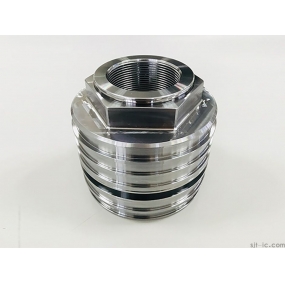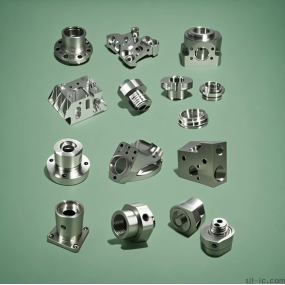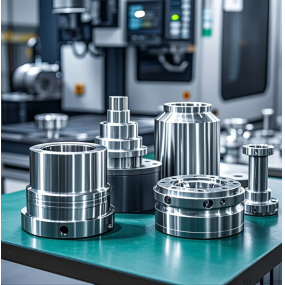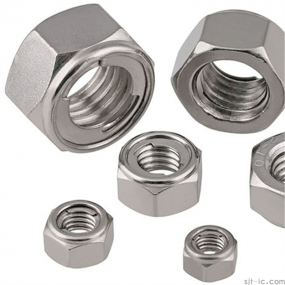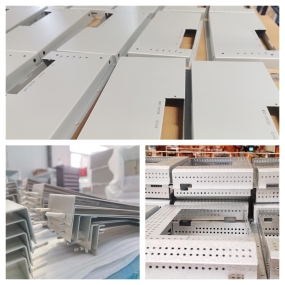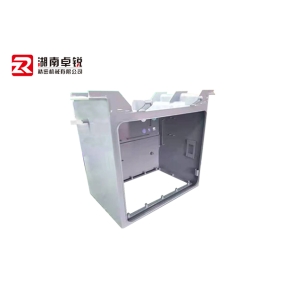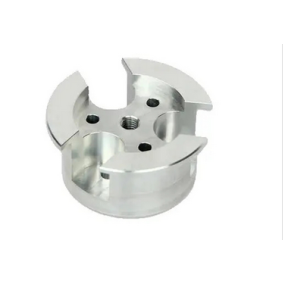Precision stainless steel filter screen is a durable filtering metal product widely used in medical, automotive, environmental protection, food, chemical, chemical, mechanical and other fields. The processing method of precision stainless steel filter mesh in the manufacturing process can be somewhat difficult. Here, we will briefly describe how to choose the process for processing the filter mesh.
The early processing methods for precision stainless steel filter screens were laser drilling or stamping punching. Laser drilling has the advantage of low cost and is almost suitable for all metals. There is no requirement for the hardness of the metal, but scratches may occur on the edges during laser cutting, and there are some subtle burrs between the apertures. The influence of material thickness on tolerance requires a precision of 0.05%. Stamping punching requires the production of molds, and the cost of a single mold is relatively high. Metals with too high or too low hardness are prone to breakage, and the edges will also produce scratches similar to laser. This processing method is very slow in mass production and is only suitable for producing relatively small quantities of products.
So besides the above two methods, are there any other processing methods? The answer is yes, which is to etch precision stainless steel filter screens. Etching can consider stainless steel materials with a thickness between 0.01-2mm, without the need to make molds, using metal film. The effect of this precision stainless steel filter screen is burr free, the product does not deform, the hole wall is vertical, and can ensure excellent accuracy. It can be mass-produced. When considering the processing of precision stainless steel filter screens, CAD drawings need to be made. The best design solution through etching processing is that the hole must be greater than 1.5 times the thickness, so that the design of etched precision stainless steel filter screens can meet its processing requirements.
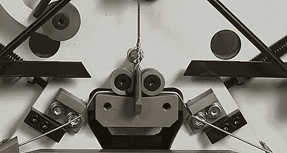


 Spanish
Spanish Arabic
Arabic French
French Portuguese
Portuguese Belarusian
Belarusian Japanese
Japanese Russian
Russian Malay
Malay Icelandic
Icelandic Bulgarian
Bulgarian Azerbaijani
Azerbaijani Estonian
Estonian Irish
Irish Polish
Polish Persian
Persian Boolean
Boolean Danish
Danish German
German Filipino
Filipino Finnish
Finnish Korean
Korean Dutch
Dutch Galician
Galician Catalan
Catalan Czech
Czech Croatian
Croatian Latin
Latin Latvian
Latvian Romanian
Romanian Maltese
Maltese Macedonian
Macedonian Norwegian
Norwegian Swedish
Swedish Serbian
Serbian Slovak
Slovak Slovenian
Slovenian Swahili
Swahili Thai
Thai Turkish
Turkish Welsh
Welsh Urdu
Urdu Ukrainian
Ukrainian Greek
Greek Hungarian
Hungarian Italian
Italian Yiddish
Yiddish Indonesian
Indonesian Vietnamese
Vietnamese Haitian Creole
Haitian Creole Spanish Basque
Spanish Basque

